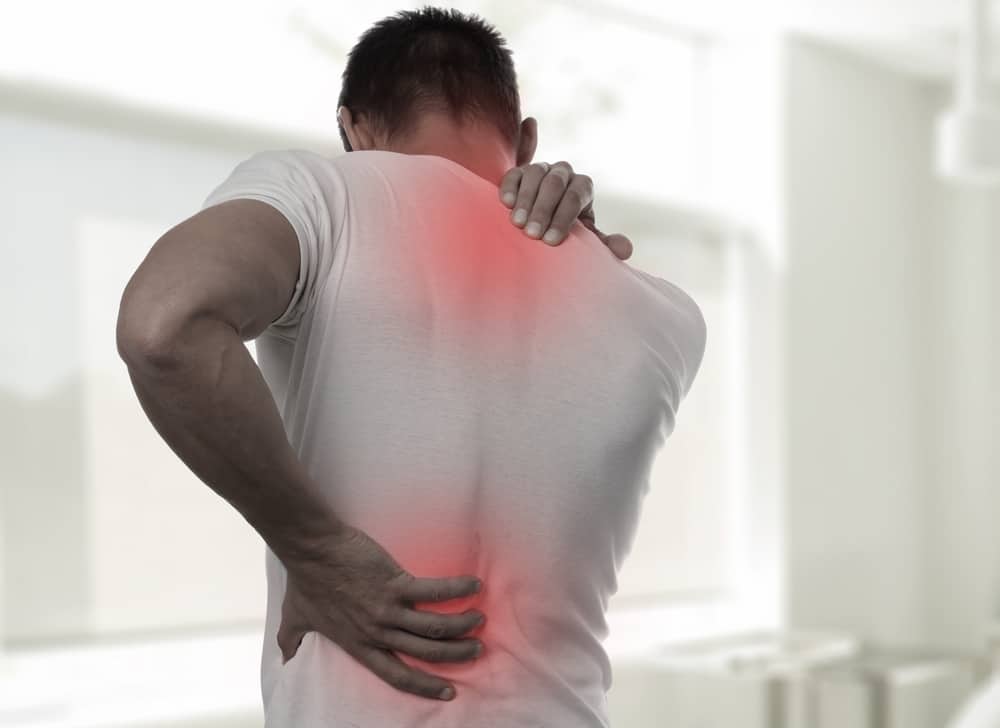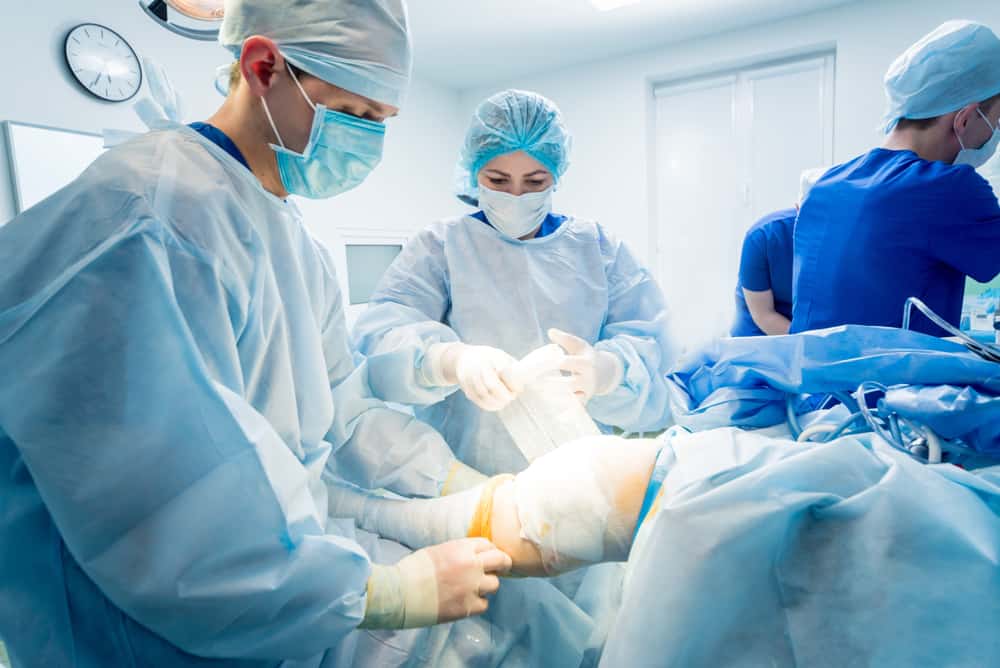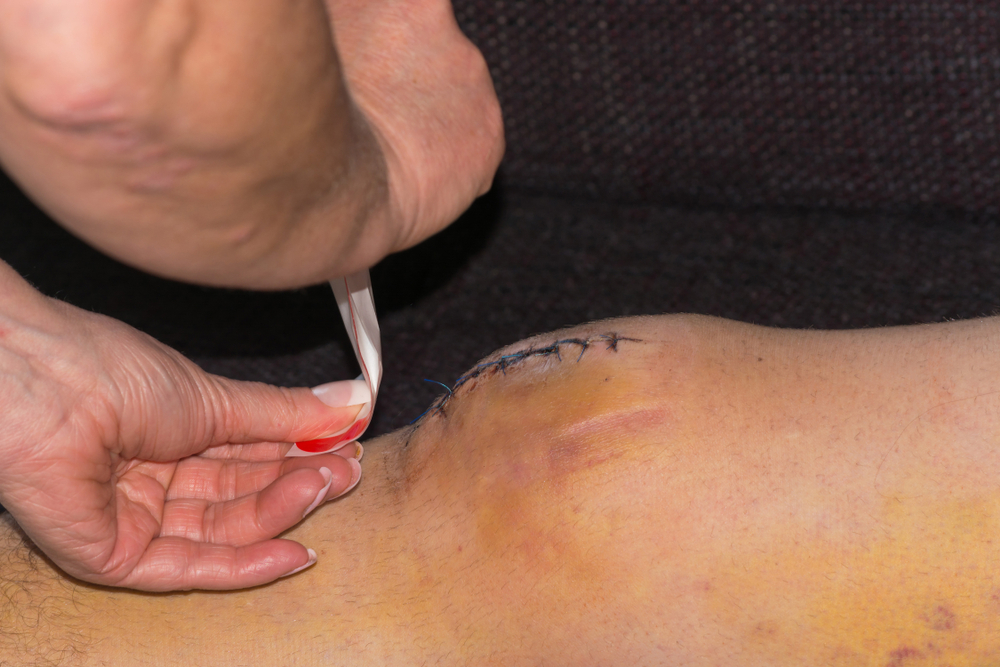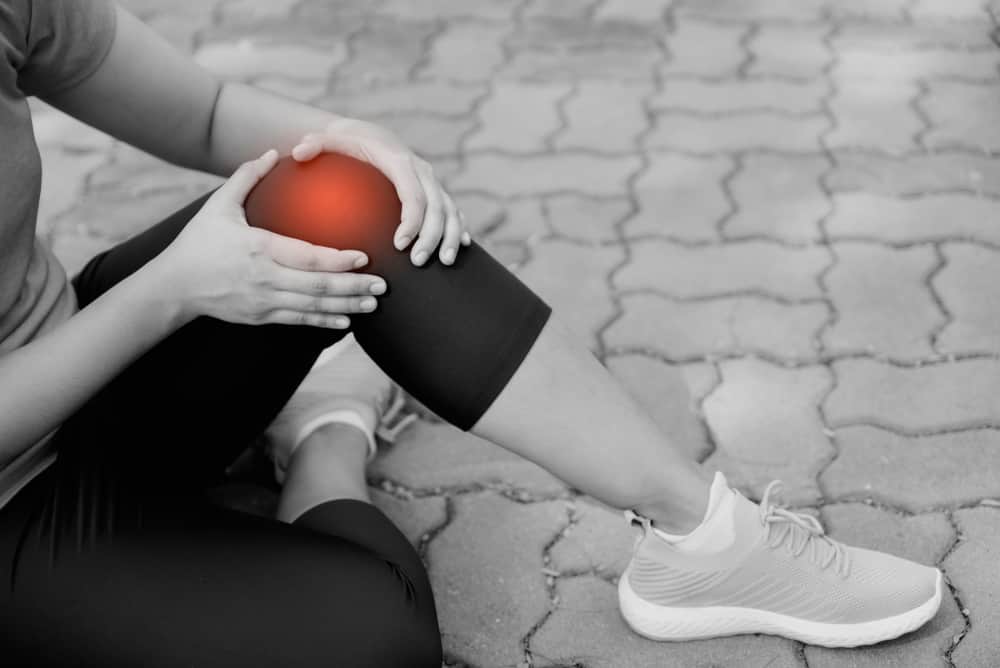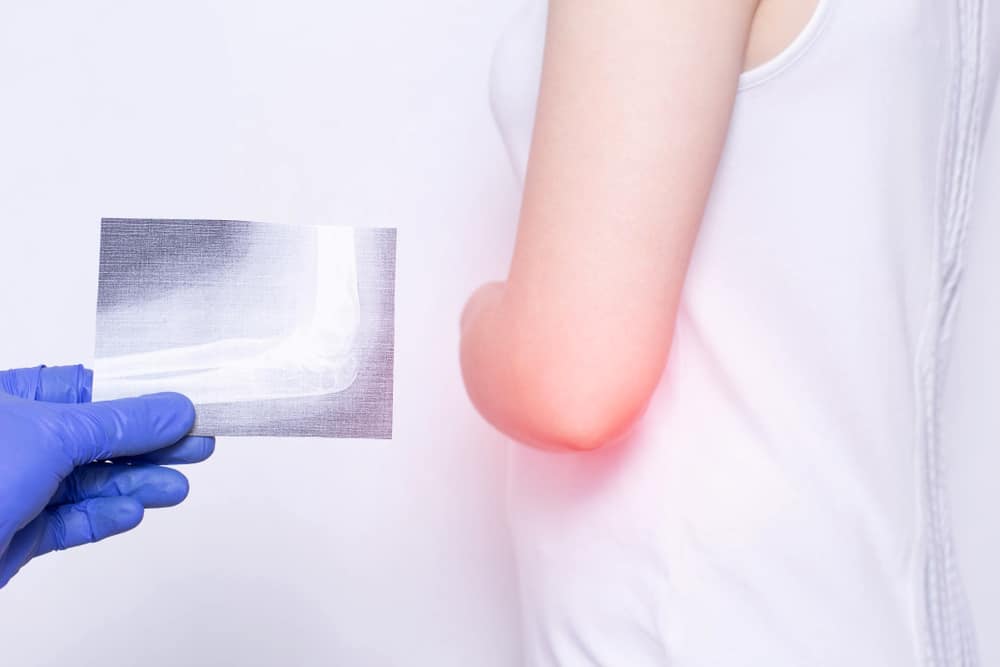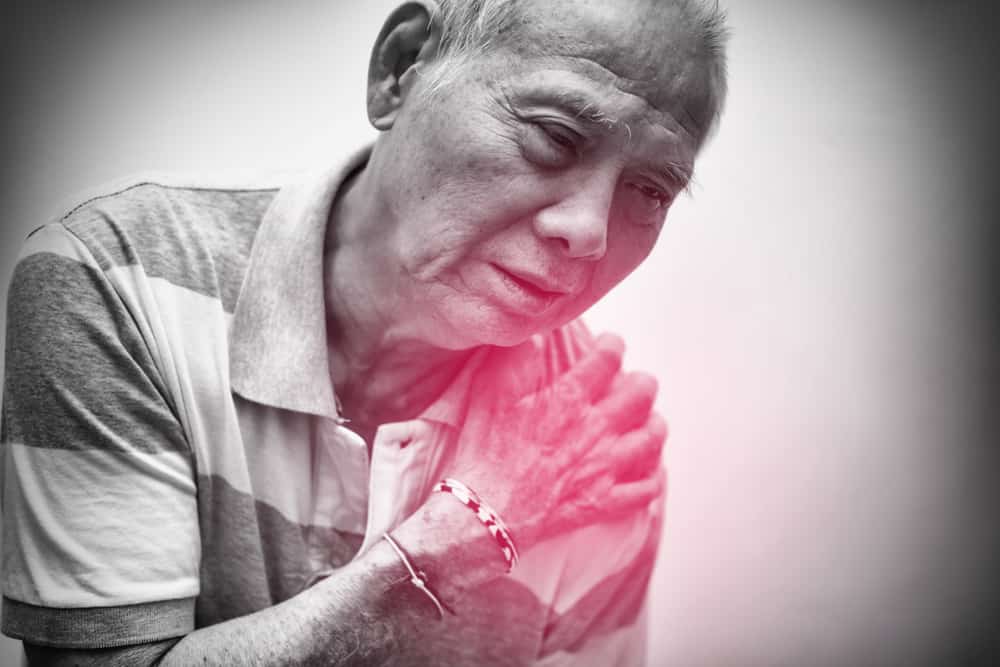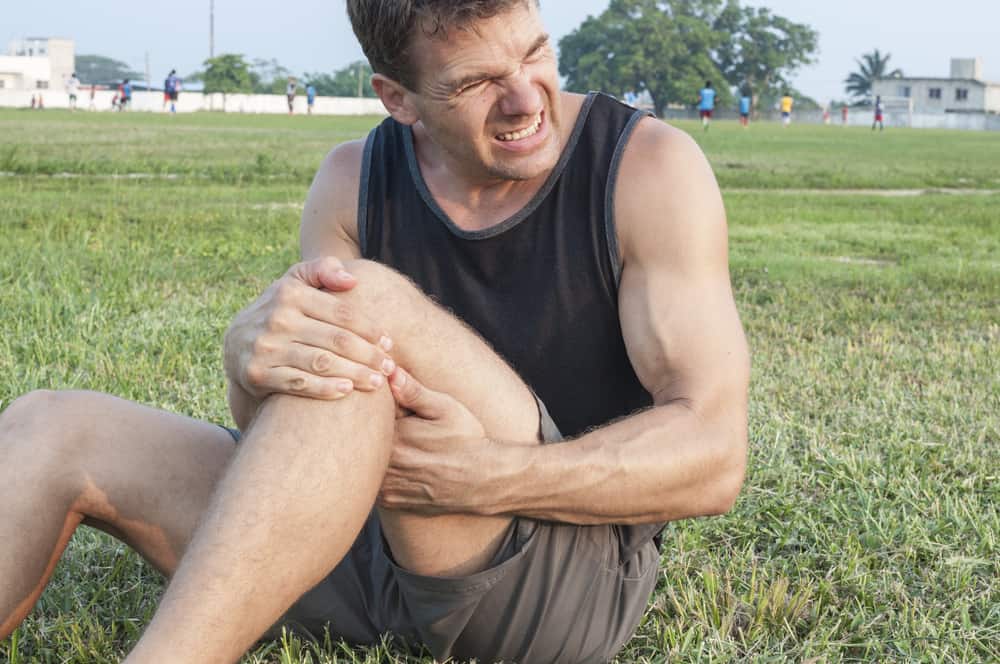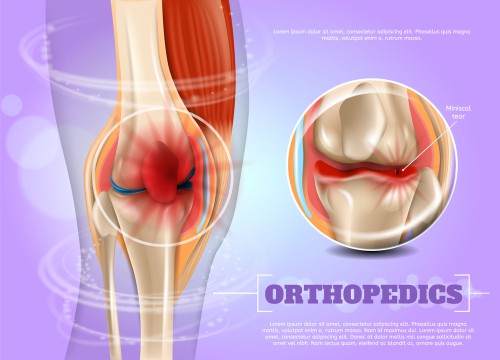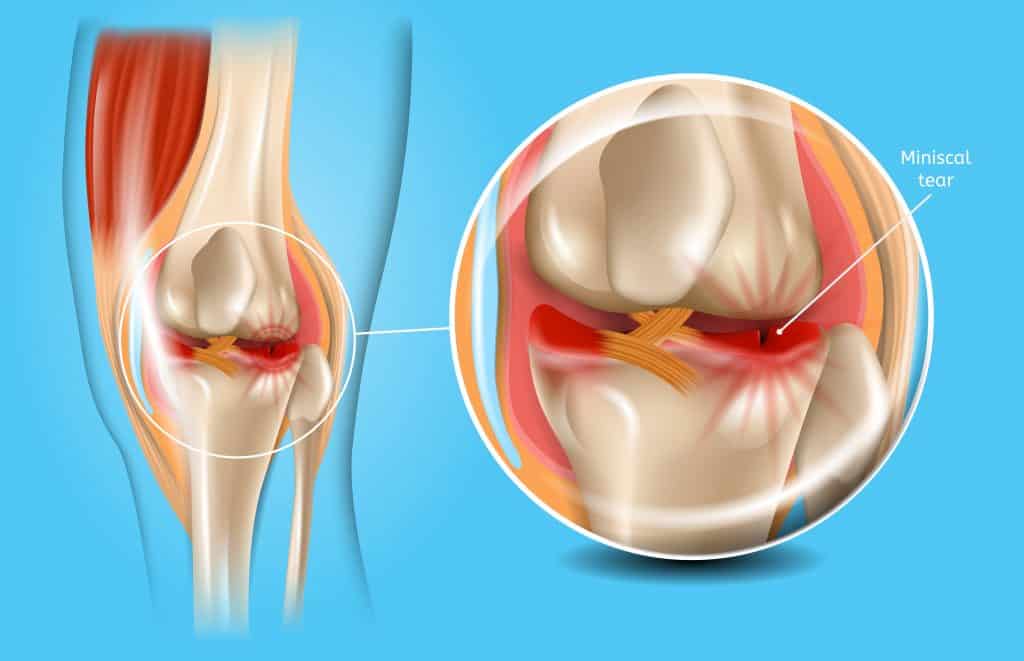Uncategorized
Tips to stay active when you are experiencing pain
Exercise reduces pain by building muscle strength and flexibility, reducing fatigue, lowering pain sensitivity and reducing inflammation. Doctor Lorcan McGonagle of LMcG Orthopaedics shares his tips to stay active when you are experiencing pain. How do the body and mind respond to pain? The body-mind response to pain is a self-limiting cycle. When an individual…
Read MoreHow a healthy lifestyle can affect orthopaedic surgery outcomes
Are you a diabetic or obese? Perhaps you are a heavy drinker or smoker? The better the control of your habit and health condition, the better your chances of an excellent surgical outcome. Orthopaedic surgeon Doctor Lorcan McGonagle of LMcG Orthopaedics explains how a healthy lifestyle can improve your risk factors and result in excellent…
Read MoreShoulder instability and treatment
The glenohumeral joint (shoulder) joint is a ball and socket joint. The ‘ball’ (humeral head) sits inside the socket (glenoid). It facilitates a large range of upper limb motion that is essential for undertaking most activities of daily living. The downside of this large range of motion is the potential for instability. Ligaments, joint capsule,…
Read MoreMedial unicompartmental knee replacement
Traditionally, total knee replacement was the common surgical treatment for severe osteoarthritis of the knee. In total knee replacement, all damaged or worn surfaces of the knee joint are removed and replaced with new artificial parts. A partial or half knee replacement – also known as a medial unicompartmental knee arthroplasty – is a surgical…
Read MorePatella instability and stabilisation surgery
Instability of the patella (kneecap) can cause pain and prevent normal activities due to a feeling of apprehension that the patella will dislocate. If your doctor recommends surgery, a stabilisation procedure is performed to change the tracking of the patella and strengthen the soft tissues that prevent it from dislocating. What is patella instability? Patella…
Read MoreCubital tunnel syndrome
Do you have numbness or tingling in one or more of your ring fingers or little fingers? Perhaps you’re experiencing a loss of finger or hand strength. Orthopaedic surgeon Lorcan McGonagle of LMcG Orthopaedics in Geraldton outlines the signs, symptoms and treatment options. What is the cubital tunnel? The cubital tunnel is a narrow groove…
Read MoreAcromioclavicular joint arthritis and instability
Acromioclavicular – or AC arthritis – is chronic inflammation of the acromioclavicular (AC) joint, one of the four joints that work together in the complex system that makes up the shoulder. Like most cases of arthritis, AC arthritis happens when the cartilage protecting certain bones within the joint wears thin. Geraldton orthopaedic surgeon Lorcan McGonagle,…
Read MoreWhat are proximal hamstring tendon tears?
Although the hamstrings and the tendons that attach them to the bones are very strong, they can still become injured and tear. Proximal hamstring tendon tears (sometimes called proximal hamstring avulsions) occur at the top of the thigh. They occur when the tendon that attaches the hamstring to the pelvis rips away from the bone,…
Read MoreMeniscal tears explained
There is a meniscus in the inner (medial) and outer (lateral) aspect of the knee. They are roughly ‘C’ shaped, and triangular in cross section. They act as a shock absorber, helping to distribute the weight of the body across the knee joint. Without this distribution there would be excessive forces on the bones in…
Read MoreMeniscal tears – repair vs. resection
Meniscal tears – repair vs. resection A long walk here, a quick jog there, bending and twisting to pick an object off the floor – many of us take our mobility for granted, until it becomes an issue. We have 2 menisci in each knee. The meniscus is a specialized ‘C shaped’ piece of cartilage…
Read More
